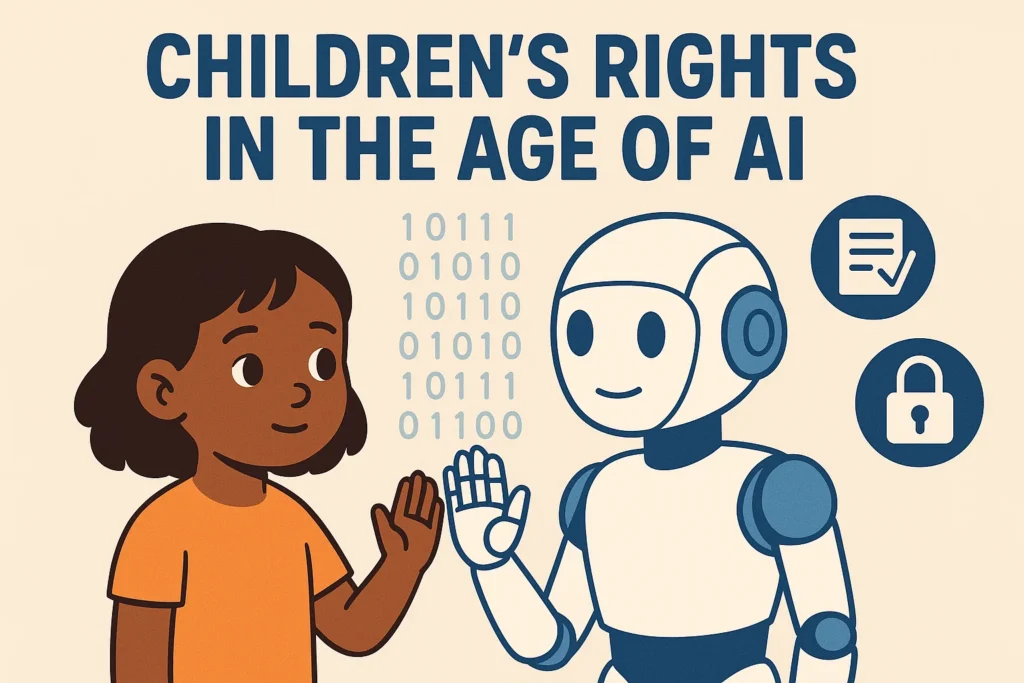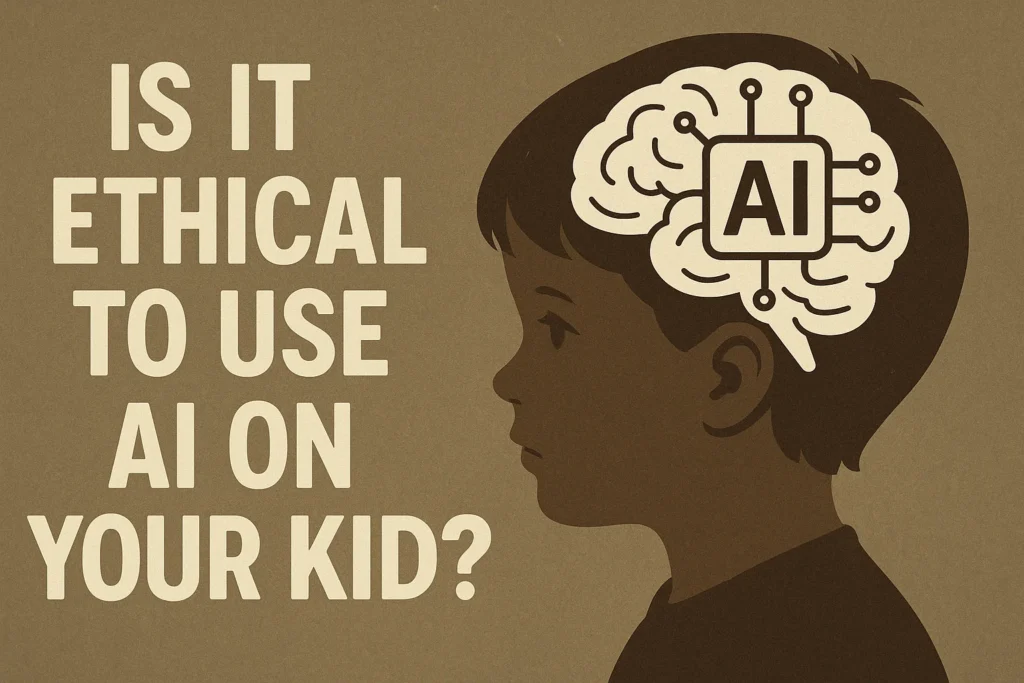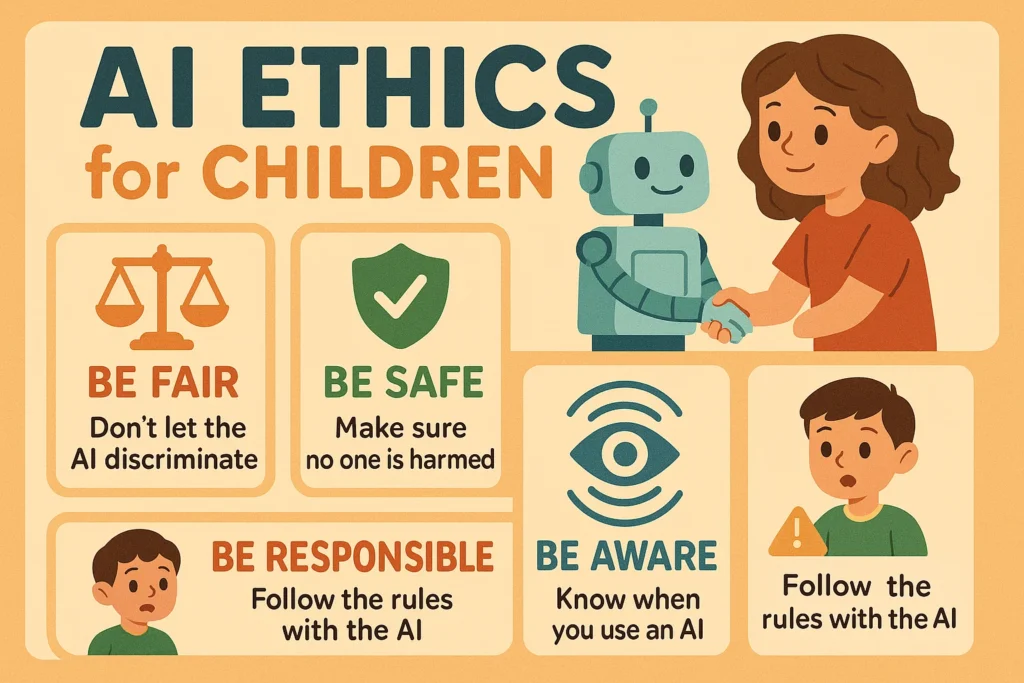🌟 Introduction
Childrens Rights in the Age of AI: AI is becoming an everyday part of childhood—whether it’s smart toys, learning apps, or parental monitoring tools. But this rise in technology raises an important question: How do we protect children’s rights in the age of AI? At AiBlogQuest.com, we dive into the challenges parents must understand to ensure technology supports, rather than harms, the next generation.
📌 What Do We Mean by Children’s Rights?
Children’s rights are based on the United Nations Convention on the Rights of the Child (UNCRC), including:
-
Right to Privacy 🛡️
-
Right to Education 📚
-
Right to Safety 🏡
-
Right to Play & Expression 🎨
-
Right to Protection from Exploitation 🚫
🚨 7 Key Challenges in the AI Era
-
Privacy Risks 🔒 – Smart devices often collect children’s personal data.
-
Surveillance Concerns 👁️ – Excessive AI monitoring can compromise freedom.
-
Biased Algorithms ⚖️ – AI learning tools may carry hidden biases.
-
Manipulative Content 📲 – AI-driven ads may exploit children’s emotions.
-
Over-Screen Exposure ⏳ – AI apps can increase digital addiction.
-
Erosion of Human Connection 💔 – Replacing play and interaction with AI tools.
-
Digital Consent Issues ✍️ – Children may not understand how their data is used.
⚖️ How Parents Can Protect Children’s Rights
-
Always check data policies before using AI apps.
-
Encourage offline play and human bonding.
-
Teach children about online privacy and consent.
-
Use AI as support, not surveillance.
-
Push for ethical AI development in education and toys.
🔗 Useful Links – AiBlogQuest.com
-
Is It Ethical to Use AI on Your Kids?
-
Are AI Parenting Tools Invasive?
❓ FAQ
Q1: Can AI violate children’s rights?
Yes, especially in terms of privacy, safety, and manipulative digital content.
Q2: How can parents balance AI and children’s rights?
By setting boundaries, ensuring safe apps, and prioritizing human values.
Q3: Should children be taught about AI ethics?
Absolutely—early education about AI helps children navigate technology responsibly



